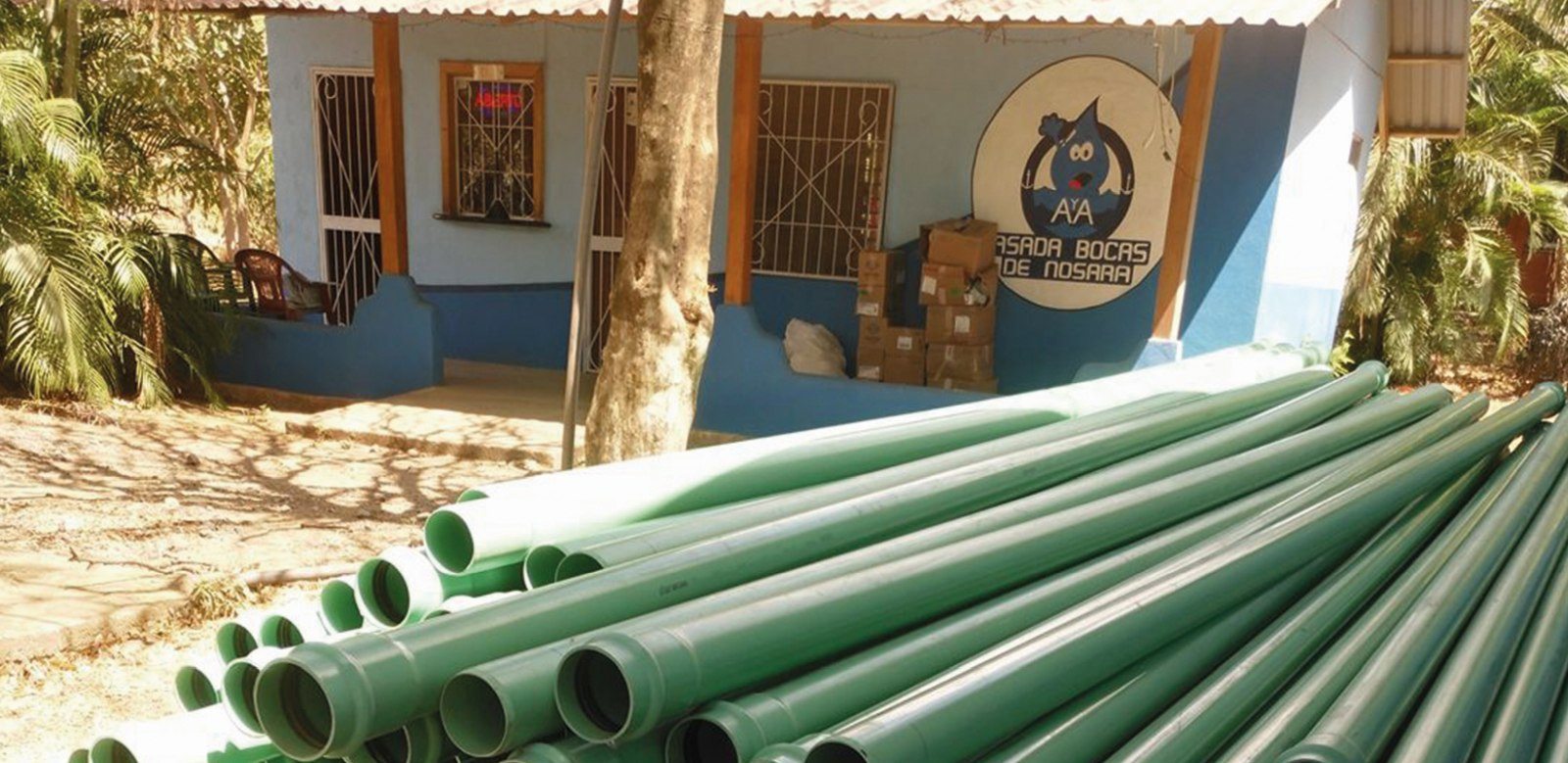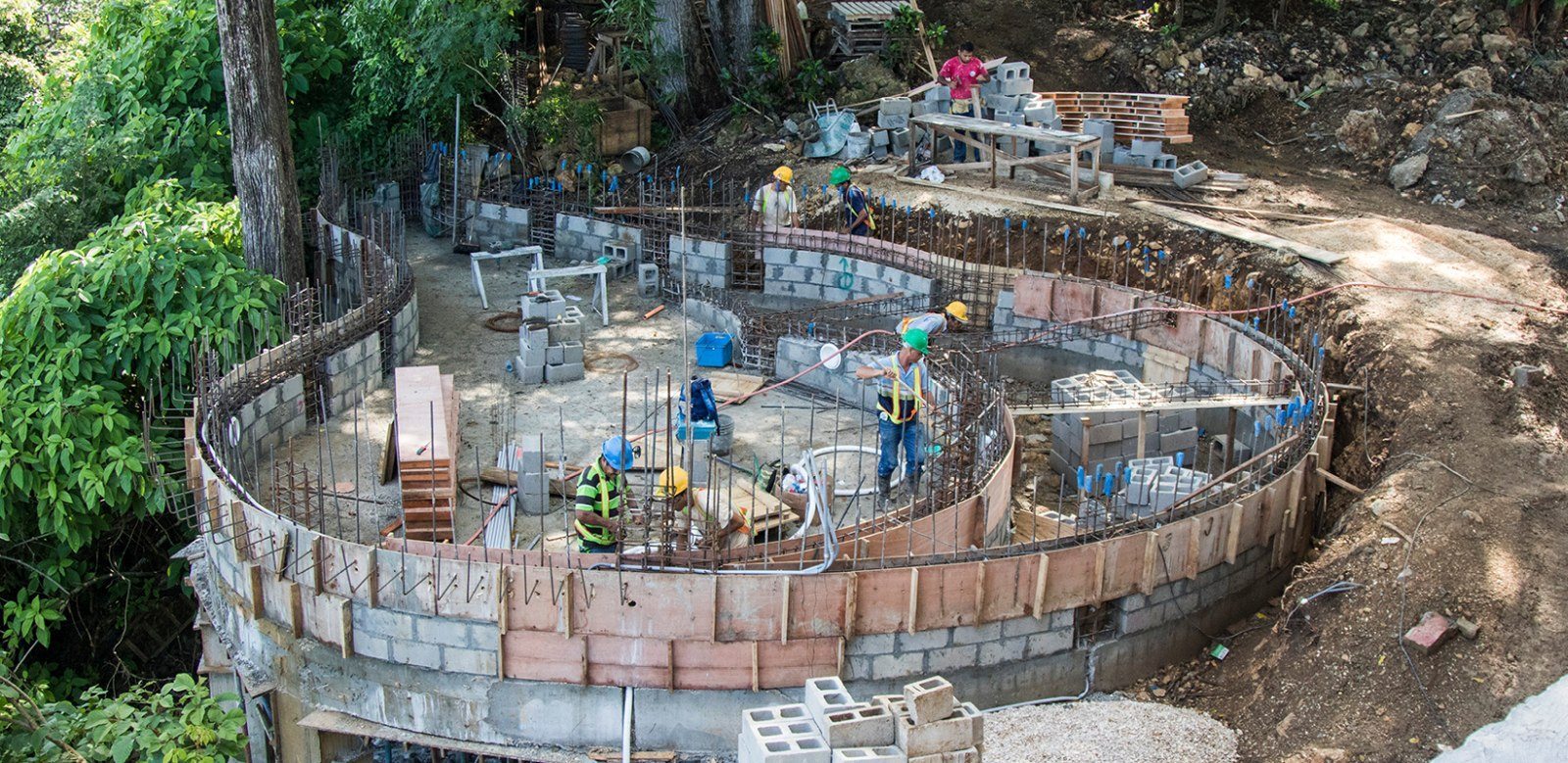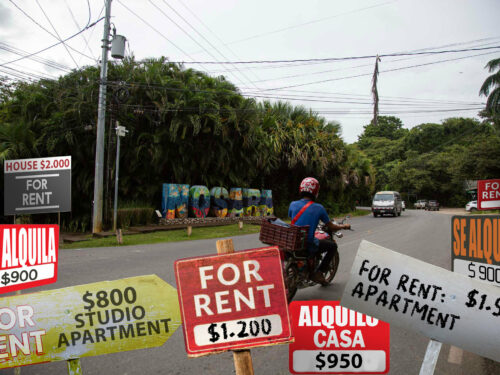
Members of Nosara’s rural water board (in Spanish, ASADA) drilled two wells without water-capacity studies nor permits from the Ministry of Environment and Energy (MINAE), Aqueducts and Sewers (AyA), nor National Service of Irrigation and Drainage (Senara).
According to Enrique Cordero, president of the ASADA, and residents consulted, the wells were drilled because there was no longer enough water to supply the community because the well that supplied them “dried up.”
“We drilled the wells without studies because we don’t have water. It was that or shut down the board,” said Cordero.
The wells were drilled by Perforaciones Jiménez between last May and June on land that is property of the previous ASADA de Nosara, in Barrio Los Angeles. The work cost around ¢30 million, which includes the purchase of pumping equipment, said Cordero.
With the new wells, water is sent to 650 residents in the areas of El Aeropuerto, Arenales, Cementerio, Hollywood, La Casona, Nosara Centro, and San Pedro, said Cordero.
In fact, some residents have already seen results, even during the high season for tourism.
“The wells are an improvement. This past Holy Week there was water every day,” said Jorge Arrieta of Los Arenales.
In previous years, residents of central Nosara had problems with the water supply, which drove the ASADA to suspend service during some morning and evening hours in order to have enough.
Since April 2016, members of the Nosara ASADA agreed to donate ¢2,000 per month for a year in order to pay for the wells, equipment, and improvements to the piping, said Cordero.
Regulation in the crosshairs
What is the risk of drilling a well without a water-capacity study? According to José Miguel Zeledon, the head of the MINAE’s National Water Management division, the greatest risk is that these wells might compete with other nearby wells and lower the water table.
“We can only determine this by examining the well and the depth of extraction,” said Zeledón, who also said he will speak with AyA to determine possible legal consequences.
Although MINAE would not directly impose a sanction, he said that the government should regulate both wells.
“We can’t close [wells] for human consumption, but we can regulate them. We’d have to bring this to the Public Ministry and the judge will decide [the sanction],” said Zeledón.
The sanction that the Nosara ASADA could face is for the crime of usurpation of water, because they took more public or private water than they had a right to, explained Zeledón. Article 226 of the Penal Code states that the sentence for this crime ranges from one month to two years in prison and ten to 100 days of fines.
Marco Ávila, Nosara council member and president of the Integral Development Association of Nosara (ADIN), said he is not afraid that MINAE will close the wells.
“To close these two wells, MINAE first needs to close the more than 400 clandestine wells that were previously drilled and are in private hands all over Nosara,” he said.
Ávila said that in November 2017, the ADIN will donate 1.5 kilometers of pipeline to the Nosara Asada so they can increase service in La Rivera Norte, San Ramon, Los Angeles, and Los Gutiérrez.







Comments